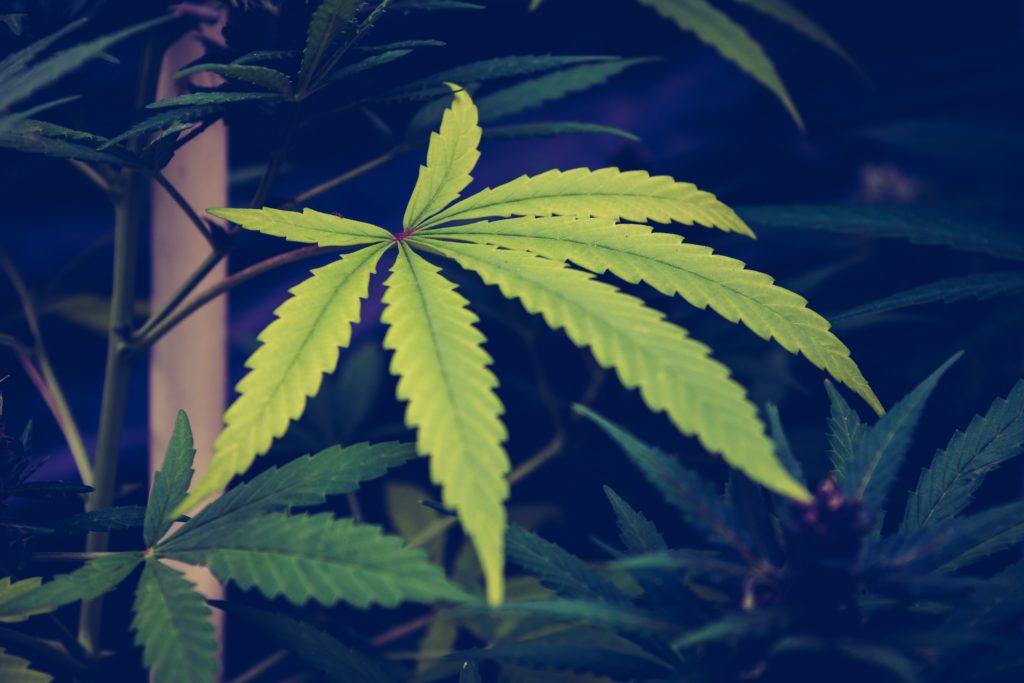The Canadian cannabis industry has reportedly generated over $15 billion in taxes and 151,000 Jobs according to a recent Deloitte report. Of course, in an industry that has only generated $11 billion worth of cannabis sales, that figure accounts for both direct and indirect cannabis contribution. Indirect contributions include the construction of facilities, among other side effects.
Canadian Cannabis Industry Generated $15 Billion in Taxes and 151,000 Jobs


Despite the challenges facing the largest cannabis companies in the Canadian cannabis industry, its legal industry has had a significant economic impact since cannabis was legalized in 2018, according to a new report released today by Deloitte.
The report comes as a rare positive news item in the Canadian cannabis industry, where stories of overinvestment and ongoing competition with the illicit industry are the norm; all stories which we have covered in our free-to-download cannabis news app.
Deloitte Report Shows Strength in the Canadian Cannabis Industry
According to Deloitte, the Canadian cannabis industry has generated more than $15 billion in direct and indirect tax revenue for Canadian and provincial governments, while creating more than 151,000 jobs since Canada legalized cannabis for adults in October 2018.
While Statistics Canada and Health Canada regularly publish data on Canadian cannabis sales and their impact in the country, Deloitte’s report offers a more focused look at tax revenues and the job market since legalization.
In total, the Canadian cannabis industry contributed C$43.5 billion to the country’s economy between the year of legalization and 2021, according to Deloitte. The industry directly invested about C$4.4 billion in the economy, while C$29.3 billion came from “indirect” economic contributions and C$9.8 billion from “induced” contributions, the report said.
Canadian Cannabis Industry Delivers Indirect Benefits
Rishi Gautam, a partner at Deloitte who leads the consulting firm’s cannabis practice, makes it clear that the Canadian cannabis industry provides many indirect benefits beyond sales. “Our hope with this report is that people realize that the industry has done much more than just provide [licensed producers] with $4 billion in retail access,” said Gautam. “It’s filled government coffers and been a boon to the construction industry.”
Deloitte defines indirect economic contributions by the activity generated in other sectors, such as the construction of the giga-greenhouses, while induced economic contributions are defined as consumer spending from wages earned by cannabis jobs.
The report notes that the indirect economic impacts were modeled as larger than its direct economic contributions “due to the significant capital expenditures in construction and retrofit activities.”
$11 Billion of Product Purchased in 3 Years
Since 2018, Canadians have purchased C$11 billion worth of cannabis, while companies responsible for the production and sale of legal cannabis have invested C$29 billion during that time into the Canadian cannabis industry, Deloitte reported. Of the tax revenue generated, about C$1 billion came from direct contributions to government revenue, while another C$2.9 billion came from sales and excise taxes. The remaining C$11.2 billion was calculated from indirect and induced tax sources.
The report states that more than 43,479 people are directly employed in the Canadian cannabis industry, while another 88,595 people are indirectly employed as a result of the legal cannabis sector. It adds that for every $1 million in revenue or capital expenditure, the cannabis sector supports approximately four jobs in Canada.
“We’ve read a lot about the volatility of employment in the Canadian cannabis industry,” said Rishi Gautam. “There was this period in Canada where it seemed like every [licensed producer] was laying off people, which was factored into these numbers.”
The report also highlighted the lack of diversity seen in the Canadian cannabis industry and revisited a University of Toronto study that found 72% of the industry’s executives and managers identify as Caucasian men, while only 16% identify as racialized.
The study also highlighted the environmental impact of the Canadian cannabis industry, with 5,184 kilograms of carbon emissions released into the atmosphere for every kilogram of dried flower produced. Additionally, between 5.8 million and 6.4 million kilograms of cannabis packaging were sent to landfills between 2018 and 2019 alone, according to the report.
__
(Photo by Esteban Lopez on Unsplash)
DISCLAIMER: This article was written by a third-party contributor and does not reflect the opinion of Hemp.im, its management, staff, or its associates. Please review our disclaimer for more information.
This article may include forward-looking statements. These forward-looking statements generally are identified by the words “believe,” “project,” “estimate,” “become,” “plan,” “will,” and similar expressions. These forward-looking statements involve known and unknown risks as well as uncertainties, including those discussed in the following cautionary statements and elsewhere in this article and on this site. Although the Company may believe that its expectations are based on reasonable assumptions, the actual results that the Company may achieve may differ materially from any forward-looking statements, which reflect the opinions of the management of the Company only as of the date hereof. Additionally, please make sure to read these important disclosures.
First published in NewsWeed, a third-party contributor translated and adapted the article from the original. In case of discrepancy, the original will prevail.
Although we made reasonable efforts to provide accurate translations, some parts may be incorrect. Hemp.im assumes no responsibility for errors, omissions or ambiguities in the translations provided on this website. Any person or entity relying on translated content does so at their own risk. Hemp.im is not responsible for losses caused by such reliance on the accuracy or reliability of translated information. If you wish to report an error or inaccuracy in the translation, we encourage you to contact us.



Comments are closed for this post.